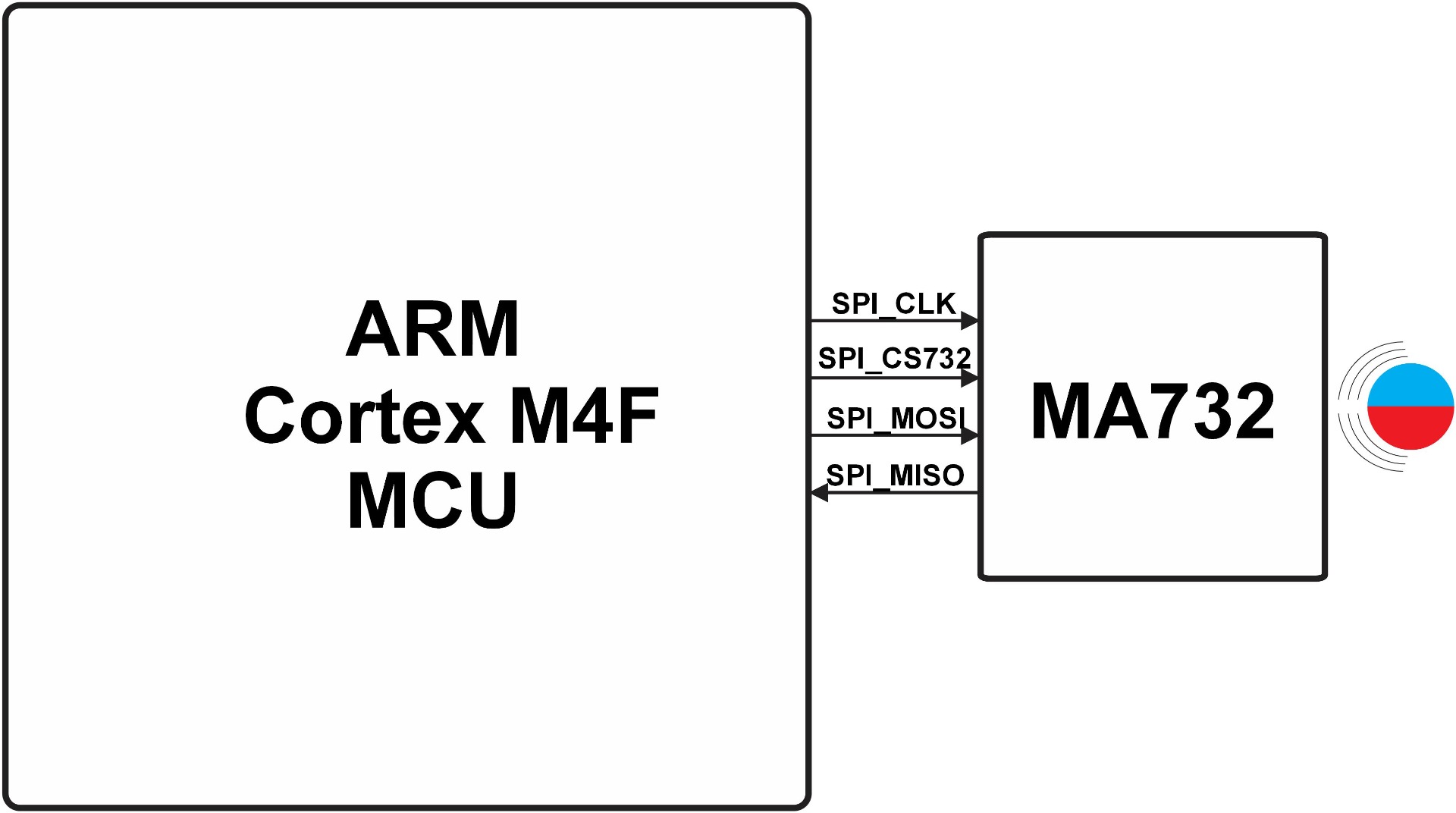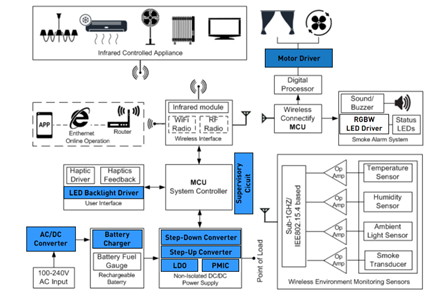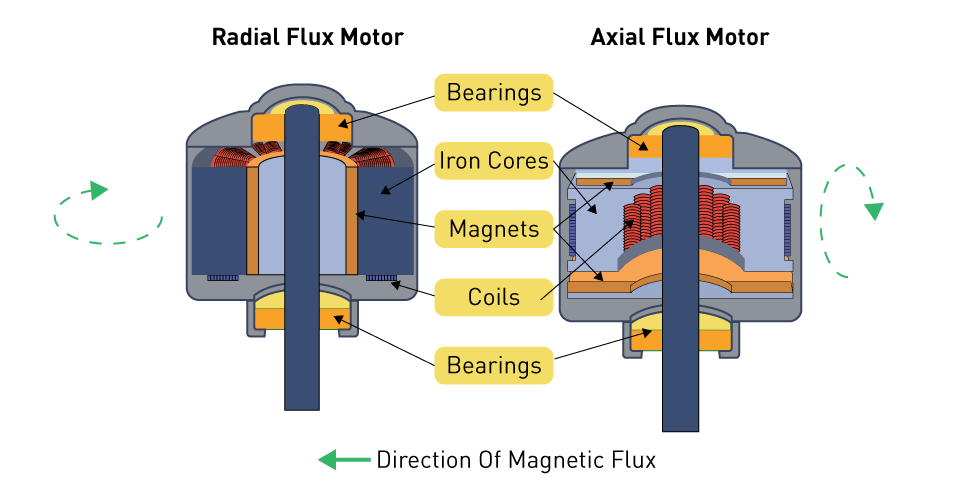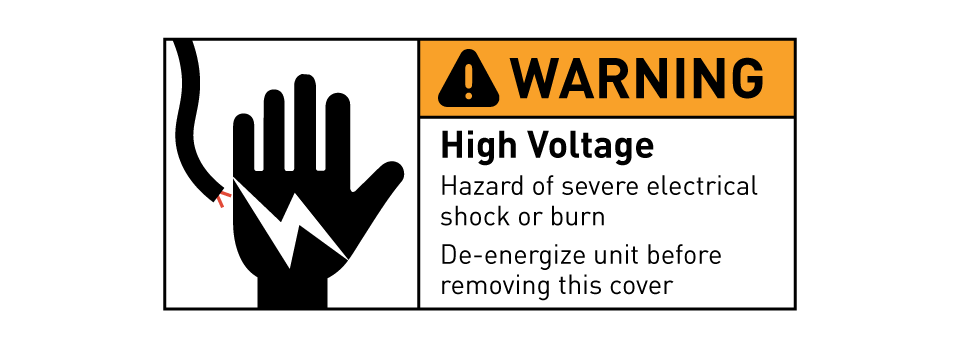Drive Selection
Matching Drive to Motor and Application Requirements
When selecting the proper drive system for a motor, it is necessary to give careful consideration to a variety of technical criteria as well as the essential requirements of the application. A motor's compatibility with its drive is absolutely necessary in order to achieve the highest possible levels of performance, energy efficiency, and dependability. Here are the most important considerations to take into account when matching a drive to a motor and the application for which it is intended:
Motor Type: The type of motor that is being used must be compatible with the drive, regardless of whether it is an AC (induction, synchronous), DC, stepper, or servo configuration. Every type of motor has its own unique set of drive criteria, which must be satisfied in order to guarantee optimal operation and efficiency.
Power, Voltage, and Current Ratings: The power, voltage, and current ratings of the drive should be compatible with the requirements of the motor in terms of power, voltage, and current. It is vital to choose a drive that is capable of handling the full operational load of the motor in order to prevent the motor from overheating and to preserve its longevity.
Control Method(s): Performance parameters like speed control, torque precision, and overall motor responsiveness are impacted differently depending on the control method that is selected. Some examples of control methods include vector control, direct torque control, and scalar control. The drive that is chosen must be capable of supporting the control method that is most suitable for the requirements of the application.
Communication Protocols: Integration into industrial automation systems frequently necessitates the support of particular communication protocols by drives. These protocols may include Modbus, PROFIBUS, or Ethernet/IP, and they are specifically designed to provide communication that is smooth within the network.
Environmental Conditions:
- Enclosure Type: Drives should be placed in enclosures that offer protection from environmental conditions such as dust, water, and chemicals. These enclosures are characterized by their IP (Ingress Protection) ratings, which are a measure of their ability to withstand these elements.
- Cooling: It is essential to take into consideration the utilization of suitable cooling techniques, such as natural convection, forced air, or liquid cooling, in order to preserve the performance of the drive and avoid inducing thermal overload.
Overload Capability: It is important for drives to have the ability to handle peak loads without tripping or failing, and this is accomplished through overload capacity. Because of these capabilities, dependability and uninterrupted operation are guaranteed even in the face of unexpected fluctuations in load.
Methods of Programming and Configuration: Methods of programming and configuration that have user-friendly interfaces are essential for the process of setting up and making adjustments. Drives typically come equipped with software tools or digital interfaces that allow for individualized tuning.
Diagnostic and Monitoring Features: Contemporary drives come equipped with comprehensive diagnostics and real-time monitoring capabilities, which aid in the process of performing preventative maintenance and resolving issues before they result in downtime.
Regenerative Capability: Drives that have regenerative capabilities are able to capture and reuse energy, which considerably improves energy efficiency in applications where motors decelerate often or stop quickly.
Energy Efficiency: Drives equipped with high-efficiency ratings not only contribute to energy savings but also lead to reduced operational costs throughout their lifespan. Advanced features such as variable frequency operation enable drives to dynamically adjust energy consumption according to real-time demand, further optimizing efficiency and minimizing overall operational expenses.
Protection Features: Protection features drives are required to incorporate protection mechanisms that can safeguard the drive and the motor from a variety of electrical anomalies, including overcurrent, overvoltage, undervoltage, overheating, and other electrical irregularities.
Scalability: One of the most important aspects is scalability, which refers to the capacity to increase or modify drive systems in response to shifting application needs. It is possible that this will require the provision of support for extra motor connections or the incorporation of increased automation procedures.
Standards Compliance: This guarantees that the drive system satisfies strict quality and safety benchmarks by ensuring that it complies with worldwide and local standards, such as those from the Worldwide Electrotechnical Commission (IEC) and the IEEE, as well as specialized industry safety and performance standards.






直接登录
创建新帐号